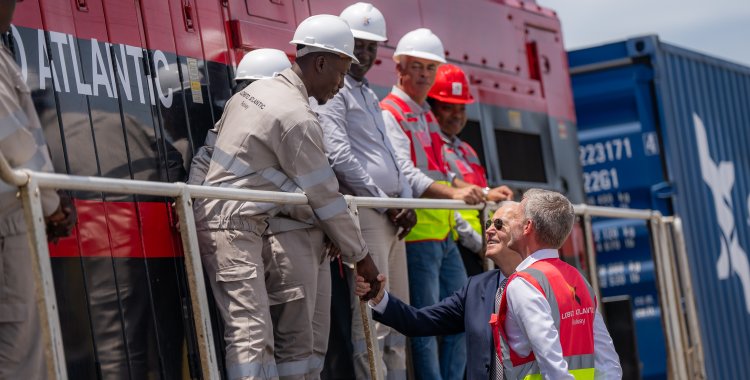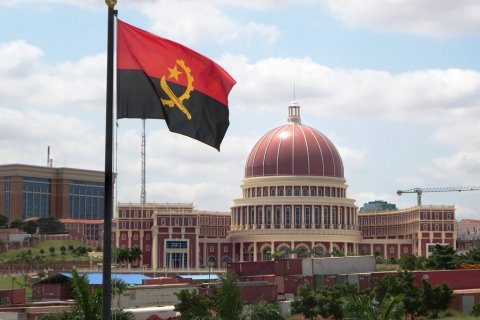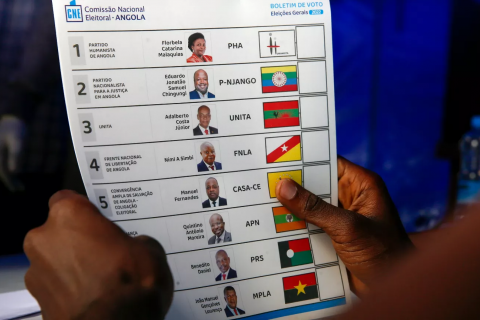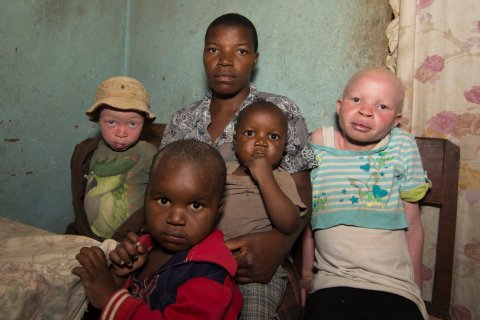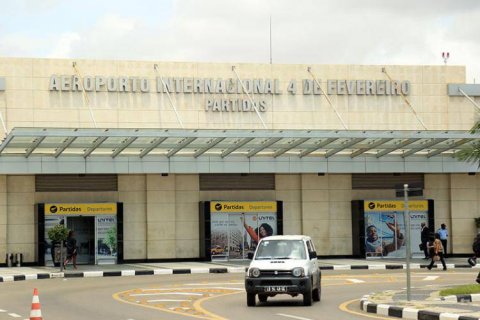In an interview with Lusa, James Story, who took over as interim head of the US diplomatic mission in October 2024, after the departure of ambassador Tulinabo Mushingi and about to leave Angola, highlighted that the most significant thing about this project is that it is an investment by the United States with the participation of European companies and other countries, in cooperation with the Government.
“It is an example of how we can work together. Countries from Asia, countries from Europe, money from the United States, vision from President Lourenço. Everyone is working together to carry out this project,” he said, highlighting the multilateral nature of the initiative, with partners from several countries providing financing and investment.
International interest in the Lobito Corridor was recently highlighted with a visit to the area promoted by the US embassy, which was attended by 17 diplomats accredited in Angola, including representatives of the European Union, who travelled part of the way by train between Huambo and the port of Lobito (Benguela).
The Lobito Corridor is a railway infrastructure that connects the port of Lobito, in Angola, to the mining region of the Copper Belt, in the Democratic Republic of Congo, with an extension of more than 1300 kilometers.
The Corridor is considered essential for the flow of critical minerals, such as copper and cobalt, fundamental for the energy transition, and aims to boost regional trade, agricultural development and logistics chains, as well as job creation, being seen by the United States as an alternative to Chinese transport routes.
Regarding the disbursements of the loans planned to finance the Corridor, whose concession is handed over to Lobito Atlantic Railway – a consortium that brings together Mota-Engil, the Belgian Vecturis and the Swiss Trafigura – the diplomat stated that these are processes that “take time” and that there may be news in June, when Luanda will host the US-Africa business summit.
“We are working every day with North American companies, with investment banks, with the Angolan government to complete these projects,” he said, adding that it is “a question of bureaucracy.”
Major financiers of the project include the US-based International Development Finance Corporation (DFC), which has committed 553 million dollars, but so far the disbursement has not materialised, with private shareholders investing 300 million dollars in the project.
James Story also highlighted the importance of thinking about the impact on communities along the Corridor and cited the presence of North American companies such as Amer-Con, which will install grain storage silos at 22 points in the country, the metal bridges that will be supplied by Acrow and Sun Africa's investment in a solar park, built by the Portuguese company MCA, with panels supplied by a South Korean company.
“Angola, at the moment, is attracting a lot of attention,” said the American diplomat, referring to other US business presences in the country, such as Africell and Boeing – which recently delivered four planes to TAAG – and adding that the opening of airspace for direct flights between Angola and the United States continues to be studied, which could boost tourism and connectivity.
He also pointed out that, in addition to oil and gas, US investors are paying attention to other sectors, although there are challenges for entrepreneurs, such as the issue of land ownership and the connection of the Angolan banking system to foreign correspondent banks, with institutions such as Deutsche Bank, Citibank and JP Morgan studying ways to overcome this limitation.
James Story argued that foreign investment can help stimulate growth and create jobs, highlighting the Government's efforts to diversify the economy.

